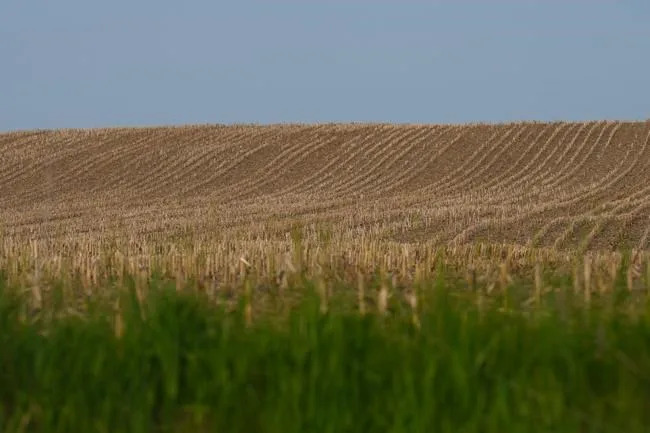Aspen Pflughoeft
Wed, August 23, 2023
Slithering near a stream in India, a “docile” creature went about its day. Scientists spotted the scaly animal and watched as it munched on frogs. Taking a closer look, they discovered it was a new species.
Researchers set out to survey biodiversity in the Western Ghats region of Maharashtra, Zeeshan Mirza and Harshil Patel told McClatchy News. They started noticing that snakes in the northern area looked quite different from those in the southern area.
To investigate, researchers captured six snakes from the northern area, , according to a study published Aug. 21 in the journal Taxonomy. Studying the reptiles, they discovered a new species: Sahyadriophis uttaraghati, or the Northern Sahyadri keelback snake.
The Northern Sahyadri keelback snake is “medium”-sized, reaching just over 2 feet in length, the study said. It has a “triangular” head and keeled scales, a type of scale that feels rough or scratchy because of a raised ridge.
Photos show the Northern Sahyadri keelback snake. It is dark brown with speckles of black and white-cream between its scales. Its underside is a lighter white-cream and its eyes are orange-brown with a circular pupil, a close-up photo shows.

A Sahyadriophis uttaraghati, or Northern Sahyadri keelback snake, curled up on a leaf.
Researchers found the Northern Sahyadri keelback snake was most active during the day. They spotted it slithering along “a dried streambed” and eating frogs and their eggs.
Northern Sahyadri keelback snakes, like other Sahyadriophis snakes, were “mostly active during monsoons and are commonly encountered along streams,” Mirza and Patel said. “The snakes are extremely docile in nature and seldom bite when handled.”
The new species was “common and widespread” throughout the Western Ghats region along the coast of Maharashtra, the study said. The state of Maharashtra is about 715 miles southwest of New Delhi.

A close-up of the head of a Sahyadriophis uttaraghati, or Northern Sahyadri keelback snake.
The Northern Sahyadri keelback snake was identified by its scale pattern, body shape and genitalia shape, the study said. DNA analysis also confirmed the new species was genetically distinct from other known snake species.
Researchers named the new species after the Sanskrit words “’uttara’ for north and ‘ghati’ meaning dweller of the mountains (or) Ghats.”
The research team included Patel, Tejas Thackeray, Patrick Campbell and Mirza. They also identified a new snake genus, the Sahyadriophis snake genus, that includes the new species.








